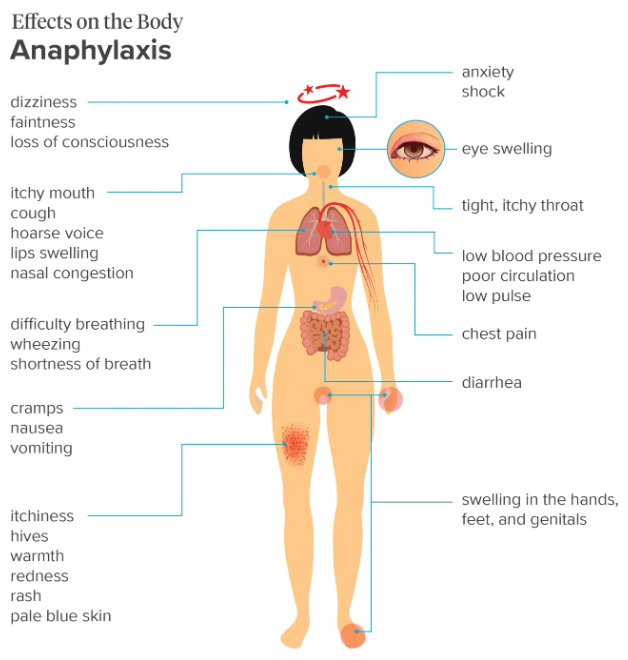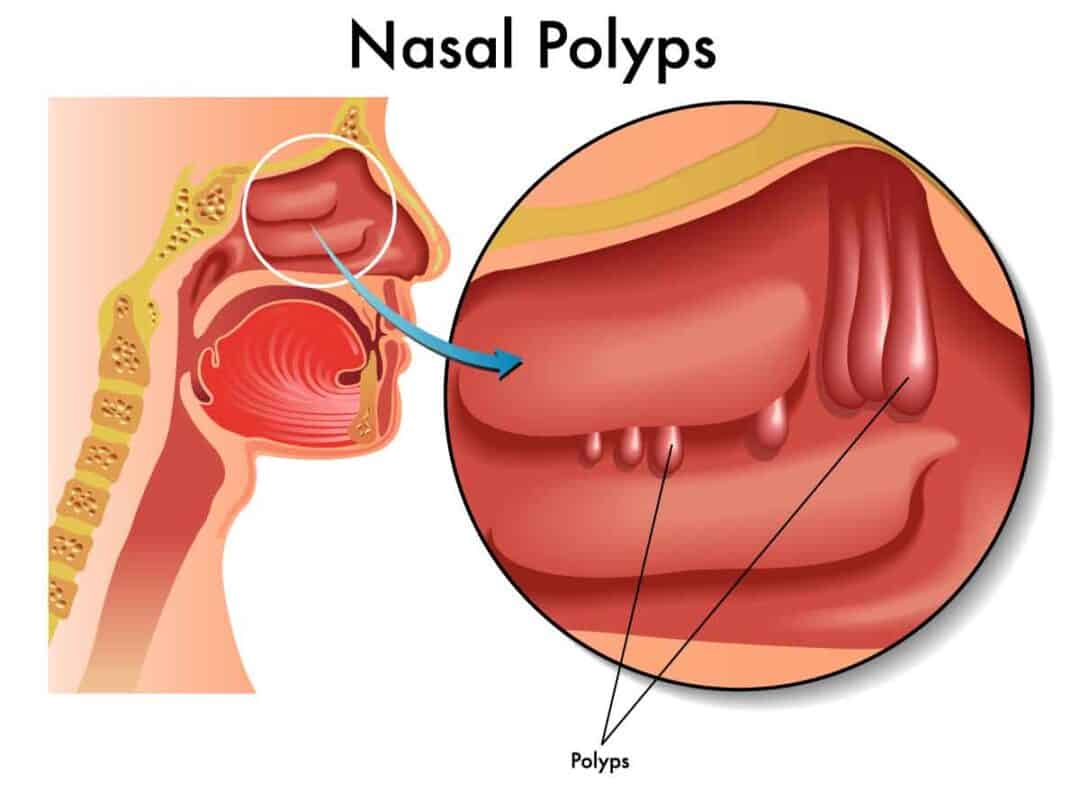Most Missed Question in Internal Medicine: Transfusion Reactions
The most-missed point is failing to recognize early non‑hemolytic and anaphylactic transfusion reactions and delaying immediate actions. Stop the transfusion, maintain IV access, give supportive IV fluids, send blood bank hemolysis labs, and consult Transfusion Medicine/hematology for suspected hemolytic or anaphylactic events.
A 25-year-old female with a history of fibromyomatous and severe menometrorrhagia is scheduled for a blood transfusion. She has become quite fatigued and has developed shortness of breath with minimal exertion. Her hemoglobin is 6.1 g/dL. While receiving her second unit of RBCs the patient developed a very pruritic rash over the shoulder.
 Figure
Figure
The patient’s vital signs are stable. She is not febrile. Her blood pressure is 120/70 mmHg. What will be the best action to take?
Answer Options:
- Immediately discontinue the blood transfusion and administer epinephrine
- Continue blood transfusion, administer antihistamines
- Immediately discontinue the blood transfusion and administer corticosteroids
- Continue blood transfusion rate, report to the blood bank
- Continue the blood transfusion, infuse normal saline, obtain a direct anti-globulin test, and repeat type and cross match
The correct answer is #2 - continue blood transfusion, administer antihistamines. The normal miss on this is from over-reaction. You’re giving a transfusion, something bad must have happened. 🙂
But, it’s also (at least in our minds) sort of a trick question. A case vignette usually presents relevant information about a medical diagnostic decision to test for depth of knowledge. Here’s a case that is testing for that, but in a negative way.
If your first reaction to the question was #2, but you figured there had to be more to the question, then they got you. Now, there may be checklists that mandate stopping transfusions and performing a full hemolytic work-up for any reaction, but that’s not right here. The AABB Technical Manual (and textbooks) have a clear map of how to handle the three transfusion-reaction categories: allergic, hemolytic, and septic.
Why This Question Is Often Missed
– Learners may confuse any transfusion reaction with an acute hemolytic or anaphylactic event and feel compelled to stop the transfusion entirely.
– The presence of a rash prompts overreaction—even though isolated urticaria without systemic signs is classified as a mild allergic reaction, which is managed differently.
What the Distractors Indicate
| Option | What It Tests / Implies | Why It’s Wrong Here |
|---|---|---|
| Immediately discontinue the blood transfusion and administer epinephrine | Management of anaphylaxis | No hypotension, bronchospasm, or angioedema—epinephrine and full stop are reserved for severe (anaphylactic) reactions. |
| Immediately discontinue the blood transfusion and administer corticosteroids | Treatment of severe allergic/hemolytic reactions | Corticosteroids are not first-line for mild urticarial reactions and stopping the transfusion isn’t necessary when vitals are stable. |
| Continue blood transfusion rate, report to the blood bank | Administrative protocol emphasis | Reporting is required for any reaction, but you must also treat the patient’s symptoms—simply continuing without therapy is incomplete. |
| Continue the blood transfusion, infuse normal saline, obtain a direct anti-globulin test, and repeat type and cross match | Workup for hemolytic transfusion reaction | Hemolysis signs (fever, hemoglobinuria, positive DAT) are absent—no lab workup is indicated for an isolated rash. |
| Continue blood transfusion, administer antihistamines (Correct) | Management of mild allergic transfusion reaction | Correct – mild urticaria with stable vitals can be treated with antihistamines without stopping the transfusion. |
Internal Medicine High-Yield Pearl
Mild allergic transfusion reactions (pruritus, urticaria, no hemodynamic compromise) are treated with antihistamines and do not require stopping the transfusion.
Core Learning Objectives
-
Classify transfusion reactions by severity, distinguishing mild allergic urticarial reactions from anaphylactic or hemolytic events.
-
Apply appropriate management for mild allergic transfusion reactions: administer antihistamines and continue transfusion under observation.
The “Test Trick” at Play
The vignette deliberately omits systemic symptoms (no hypotension, bronchospasm, fever) to see if you’ll correctly identify an isolated mild allergic reaction rather than reflexively halting transfusion for any rash.
Additional ABIM Exam Practice Questions and Remediation
Internal Medicine Exam Practice Question 1
A 30-year-old woman develops facial flushing and pruritus after 15 minutes of her first RBC unit. She is afebrile, normotensive, with no respiratory distress. Next step?
A. Administer diphenhydramine and continue transfusion
B. Stop transfusion and draw direct antiglobulin test
C. Give epinephrine intramuscularly and call code
D. Switch to washed RBCs for this unit only
Answer and Remediation
- If you chose A: Correct response! Mild urticaria—antihistamine and continue under observation.
- If you chose B: Review: No evidence of hemolysis; DAT not indicated for isolated urticaria.
- If you chose C: Review: Epinephrine reserved for anaphylaxis with hemodynamic or respiratory compromise.
- If you chose D: Review: Washed RBCs are preventive for IgA-deficient anaphylaxis, not needed for a routine mild rash.
Internal Medicine Exam Practice Question 2
A patient with IgA deficiency experiences hypotension, wheezing, and angioedema within 5 mL of a RBC transfusion. What is the best immediate action?
A. Slow the transfusion rate and give diphenhydramine
B. Stop transfusion and administer epinephrine
C. Continue transfusion with acetaminophen premedication
D. Obtain repeat crossmatch and restart at a slower rate
Answer and Remediation
- If you chose B: Correct response! Features of anaphylaxis—stop and give epinephrine.
- If you chose A: Review: Hypotension and wheezing require epinephrine; antihistamines alone are insufficient.
- If you chose C: Review: Severe reaction—cannot continue.
- If you chose D: Review: Rate change and crossmatch don’t address life-threatening anaphylaxis.
Internal Medicine Exam Practice Question 3
During a platelet transfusion, a patient develops fever (38.5 °C) and chills but no rash or respiratory distress. Next step?
A. Stop transfusion and send blood for culture
B. Stop transfusion, give acetaminophen, then resume
C. Give diphenhydramine and continue transfusion
D. Continue transfusion and monitor only
Answer and Remediation
- If you chose B: Correct response! Febrile non-hemolytic reaction—stop, treat with antipyretic, then restart.
- If you chose A: Review: Cultures are only if bacterial contamination suspected; fever alone in platelets is usually non-hemolytic.
- If you chose C: Review: No urticaria—antihistamines aren’t indicated for isolated fever.
- If you chose D: Review: Must treat fever first; don’t simply continue.
Internal Medicine Exam Practice Question 4
A 55-year-old man with myelodysplastic syndrome is 20 minutes into his second unit of packed RBCs when he abruptly develops chills, back pain, dark urine, and his blood pressure falls from 130/80 mmHg to 90/60 mmHg. His temperature spikes to 39.2 °C. What is the best immediate action?
A. Slow the transfusion rate and give acetaminophen
B. Immediately stop the transfusion, give IV fluids, send a direct antiglobulin (Coombs) test, and notify the blood bank
C. Administer diphenhydramine and observe for further symptoms
D. Continue transfusion at a slower rate and obtain a repeat type and crossmatch
Answer and Remediation
- If you chose B: Correct! These findings—fever, hypotension, back pain, hemoglobinuria—indicate an acute hemolytic transfusion reaction. Immediate cessation, aggressive IV fluids, direct antiglobulin testing, and blood-bank notification are mandated.
- If you chose A: Review: Acetaminophen treats fever but does not address hemolysis or hypotension—transfusion must be stopped.
- If you chose C: Review: Diphenhydramine is for mild allergic reactions; here there is hemolysis and hemodynamic compromise.
- If you chose D: Review: Continued transfusion risks worsening hemolysis; stopping is essential before any further testing.
Internal Medicine Exam Practice Question 5
During a platelet transfusion, a 68-year-old woman suddenly becomes febrile to 40 °C, develops rigors, hypotension (BP 85/50 mmHg), and tachycardia. There is no rash or wheezing. What is the most appropriate next step?
A. Give IV diphenhydramine and continue transfusion
B. Stop the transfusion immediately, draw blood cultures from the patient and the bag, start broad-spectrum antibiotics, and notify the blood bank
C. Administer acetaminophen, then resume transfusion at a slower rate
D. Draw a direct antiglobulin test and send for repeat crossmatch
Answer and Remediation
- If you chose B: Correct! High fever, rigors, hypotension during platelet infusion strongly suggest a septic transfusion reaction. Stop the transfusion, obtain cultures from both patient and product, begin antibiotics, and alert the blood bank.
- If you chose A: Review: Diphenhydramine is for allergic reactions; this is more consistent with bacterial contamination.
- If you chose C: Review: Antipyretics alone are insufficient when sepsis is possible—never resume until sepsis is ruled out.
- If you chose D: Review: DAT and repeat crossmatch address hemolysis, not bacterial contamination; cultures and antibiotics come first.
Mini Case Discussion Prompt
Compare the management and prophylactic strategies for mild allergic transfusion reactions versus febrile non-hemolytic reactions, including when to premedicate and when to switch to washed or leukoreduced products.
This question appears in Med-Challenger Internal Medicine Review with CME
Try for free and save. Ace your exams and meet your CME/MOC requirements for just $35 a month!
No matter your program, no matter the size, Med-Challenger for Groups and Institutions can better prepare your program or group, fulfill industry requirements, and increase test scores.








